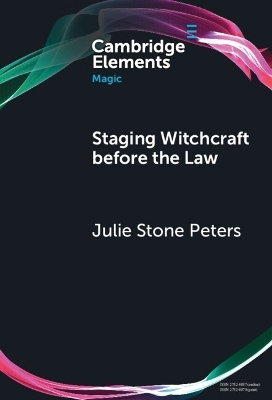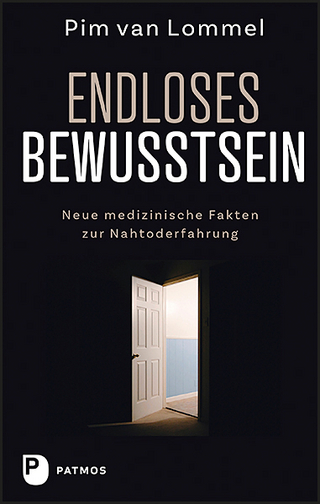
Staging Witchcraft Before the Law
Scepticism, Performance as Proof, and Law as Magic in Early Modern Witch Trials
2024
Cambridge University Press (Verlag)
978-1-009-46970-8 (ISBN)
Cambridge University Press (Verlag)
978-1-009-46970-8 (ISBN)
- Noch nicht erschienen (ca. April 2026)
- Versandkostenfrei innerhalb Deutschlands
- Auch auf Rechnung
- Verfügbarkeit in der Filiale vor Ort prüfen
- Artikel merken
Early modern witch-hunting faced skepticism and evidentiary barriers, making it difficult to convict witches. Judges and accusers used performance staging to overcome these barriers. This Element examines two cases to illustrate ways evidentiary staging can signify in law. This title is also available as Open Access on Cambridge Core.
While the judicial machinery of early modern witch-hunting could work with terrifying swiftness, skepticism and evidentiary barriers often made conviction difficult. Seeking proof strong enough to overcome skepticism, judges and accusers turned to performance, staging 'acts of Sorcery and Witch-craft manifest to sense.' Looking at an array of demonological treatises, pamphlets, documents, and images, this Element shows that such staging answered to specific doctrines of proof: catching the criminal 'in the acte'; establishing 'notoriety of the fact'; producing 'violent presumptions' of guilt. But performance sometimes overflowed the demands of doctrine, behaving in unpredictable ways. A detailed examination of two cases – the 1591 case of the French witch-demoniac Françoise Fontaine and the 1593 case of John Samuel of Warboys –suggests the manifold, multilayered ways that evidentiary staging could signify – as it can still in that conjuring practice we call law. This title is also available as Open Access on Cambridge Core.
While the judicial machinery of early modern witch-hunting could work with terrifying swiftness, skepticism and evidentiary barriers often made conviction difficult. Seeking proof strong enough to overcome skepticism, judges and accusers turned to performance, staging 'acts of Sorcery and Witch-craft manifest to sense.' Looking at an array of demonological treatises, pamphlets, documents, and images, this Element shows that such staging answered to specific doctrines of proof: catching the criminal 'in the acte'; establishing 'notoriety of the fact'; producing 'violent presumptions' of guilt. But performance sometimes overflowed the demands of doctrine, behaving in unpredictable ways. A detailed examination of two cases – the 1591 case of the French witch-demoniac Françoise Fontaine and the 1593 case of John Samuel of Warboys –suggests the manifold, multilayered ways that evidentiary staging could signify – as it can still in that conjuring practice we call law. This title is also available as Open Access on Cambridge Core.
1. Introduction; 2. Performance as proof of the 'Hidden Crime'; 3. Doing battle with Satan in a Louviers Courthouse: devil versus law in the trial of Françoise Fontaine (1591); 4. Staging possession in the trial of John Samuel: Witchcraft at the Huntington Assizes (1593); 5. Conclusion: Law as magic; References.
| Erscheint lt. Verlag | 1.4.2026 |
|---|---|
| Reihe/Serie | Elements in Magic |
| Zusatzinfo | Worked examples or Exercises |
| Verlagsort | Cambridge |
| Sprache | englisch |
| Themenwelt | Kunst / Musik / Theater ► Theater / Ballett |
| Sachbuch/Ratgeber ► Gesundheit / Leben / Psychologie ► Esoterik / Spiritualität | |
| Geisteswissenschaften ► Religion / Theologie ► Weitere Religionen | |
| ISBN-10 | 1-009-46970-3 / 1009469703 |
| ISBN-13 | 978-1-009-46970-8 / 9781009469708 |
| Zustand | Neuware |
| Haben Sie eine Frage zum Produkt? |
Mehr entdecken
aus dem Bereich
aus dem Bereich
Neue medizinische Fakten zur Nahtoderfahrung
Buch | Softcover (2024)
Patmos Verlag
22,00 €
mit einem Geleitwort von Elke Heidenreich
Buch | Hardcover (2024)
Kösel (Verlag)
30,00 €


